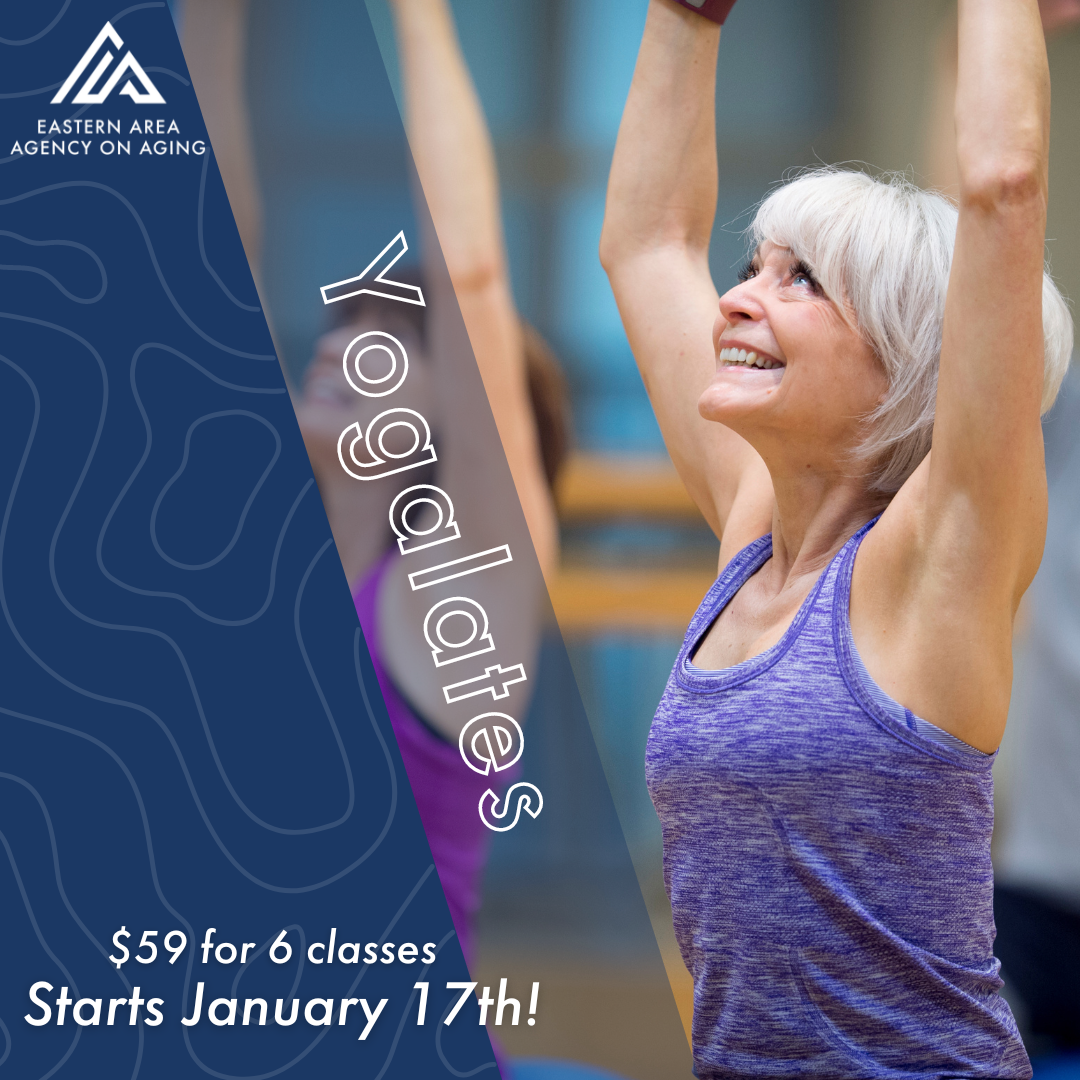In the contemporary fitness landscape, new methodologies continuously emerge, captivating enthusiasts with their promise of holistic wellness and physical improvement. One such innovative confluence of practices is Yogalates, a captivating synthesis that marries the ancient discipline of yoga with the dynamic elements of Pilates. This fusion not only caters to the modern exerciser’s quest for variety but also addresses a fundamental desire for both physical and mental equilibrium.
Yogalates is rooted in two profoundly influential systems of movement. At first glance, one might observe a realm of mere flexibility and core strength. Yet, delve deeper, and the intrigue radiates from an intricate interplay of mindfulness, body awareness, and the harmonization of breath with movement. This synergy enables practitioners to cultivate a strong foundation while exploring the nuanced possibilities of their bodies’ capabilities.
To truly comprehend what Yogalates encompasses, one must first unravel each component’s distinct characteristics. Yoga, with its origins tracing back thousands of years, is a multifaceted philosophy that unites physical postures, breath control, meditation, and ethical precepts. Its practice promotes not only physical flexibility but also fosters mental clarity and emotional resilience. As a framework, yoga encourages individuals to connect deeply with their inner selves, facilitating introspection and spiritual growth.
Conversely, Pilates emerged in the early 20th century, devised by Joseph Pilates to enhance physical fitness through controlled movements emphasizing core strength, alignment, and balance. This method consolidates strength training and rehabilitative exercises to forge a comprehensive regimen that enhances overall bodily function. Pilates advocates a systemic approach, meticulously choreographing movements that invigorate both the muscles and the mind, often utilizing specialized apparatus or mats to bolster resistance and support.
The convergence of these two intellectual and physical traditions results in a methodology that emphasizes reliance on one’s core, a principle that is paramount in both practices. By integrating Pilates techniques into a yoga framework, Yogalates fosters a gentle yet vigorous workout that builds strength while enhancing flexibility. This multifaceted approach appeals to a broad demographic, catering to seasoned fitness aficionados and beginners alike. As a holistic practice, it promotes an expansion of cognitive awareness, inviting individuals to engage not only with their bodies but also with their mental landscapes.
A particularly captivating aspect of Yogalates is its ability to transcend mere physical exercise, engaging practitioners in a meditative dialogue with themselves. The rhythms of yoga and Pilates alive within this hybrid discipline create a sanctuary of calm amidst the cacophony of modern life. Practitioners find themselves enveloped in a serene experience as they move through sequences that unite breath, body, and spirit. This intrinsic artistry fosters a personal connection with the movements, motivating participants to savor the journey rather than obsessively pursue results.
Moreover, Yogalates addresses a common observation among fitness enthusiasts: the need for workouts that do not merely prioritize physical exertion but also nurture emotional restoration. In an era inundated with urgency and stress, the dual cultivation of physical strength and mental fortitude in a single practice is profoundly alluring. In this light, Yogalates can be seen as a multifaceted solution, offering an antidote to the frenetic pace of everyday life. The harmonious movements compel participants to engage fully in the present moment, gradually unraveling tension and fostering an overall sense of well-being.
As one explores the tangible benefits of Yogalates, it is critical to highlight its impact on physical conditioning. Many practitioners report enhanced core stability, increased spinal flexibility, and better posture—all vital components in the architectural integrity of the human body. By integrating sequences that focus on controlled movements, practitioners often note improvements in muscle tone and endurance, without the risk of overpowering their limits. The attentiveness required in Yogalates fosters a profound awareness of one’s body, establishing a strong foundation upon which further fitness endeavors can be built.
It is also noteworthy that the practice of Yogalates transcends mere physical benefits. Enthusiasts often find solace in the meditative qualities that emerge through the focused breathing and synchronized movement that characterize this discipline. The cultivation of mindfulness is a substantial component, as many practitioners discover a heightened sense of body awareness and emotional health. This symbiotic relationship between physical and mental fitness engenders an enriching experience that promotes overall well-being.
Another alluring dimension of Yogalates is its adaptability. The beauty of this practice lies in its versatility; adjustments and modifications allow individuals to tailor the experience according to their current physical condition and goals. Whether one is seeking rehabilitation post-injury or aiming to enhance athletic performance, Yogalates manifests as an accessible, inclusive practice that accommodates individual needs while challenging them to transcend existing limitations.
In conclusion, Yogalates offers more than just a physical workout; it embodies a comprehensive philosophy intertwining strength, flexibility, mindfulness, and emotional balance. Its captivating duality allows practitioners to engage in a transformative journey, one that fosters an intrinsic connection between the body and mind. As the chaos of the outside world ebbs, Yogalates encapsulates a haven—an invitation to explore the profound depths of movement and presence, ultimately leading to a deeper understanding of oneself amidst the complexities of modern existence.
